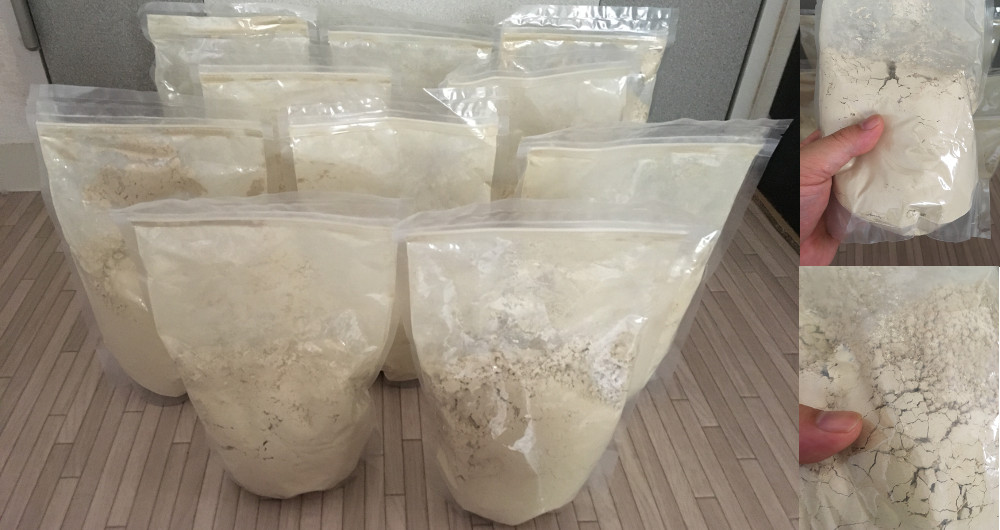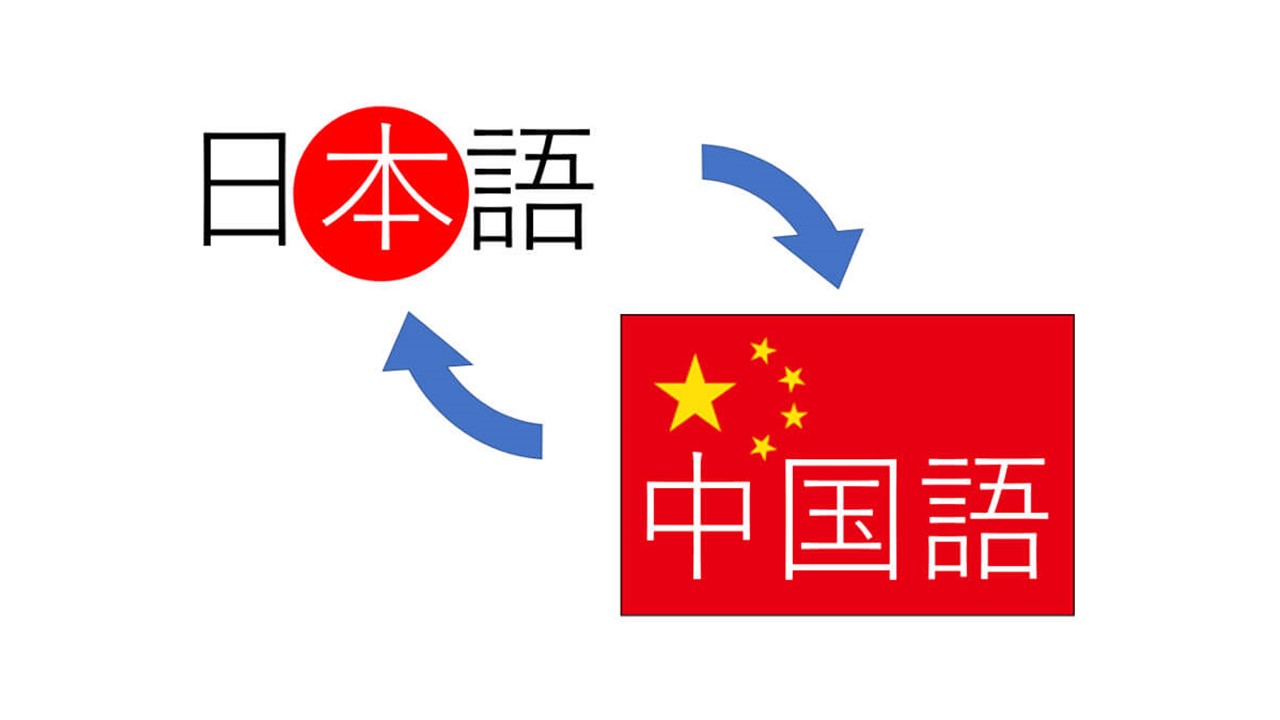Additional samples (300 grams per bag) of Chinese acorn flour arrived.
Acorns were a valuable food source for the Japanese in the Jomon period, but now they are positioned as a health food.
It is also said to be very tasty with its unique texture and flavor when mixed with Korean cold noodles or homemade noodle soup.
Although not well known, acorn flour is produced in small quantities in Japan.
However, making acorn flour requires drying the harvested acorns in the sun for a long time, which is labor-intensive and inevitably expensive due to low demand.
For personal enjoyment, domestically produced quantities are sufficient, but when acorn flour is used in large quantities for commercial purposes, it must be procured overseas.
In China and Korea, acorn flour is recognized by the general public as a food ingredient and is produced in large quantities.
Most acorn flour entering Japan comes from Korea, but in some cases acorns from China are actually used.
The acorn flour we procure is from Henan Province, China, and is 300 mesh, which is finer than ordinary acorn flour. It blends well even when kneaded directly into foodstuffs.
This manufacturer does not sterilize its products by radiation, which is prohibited in Japan, so a non-radiation treatment certificate can be submitted for commercial imports.
Usually, the acorn flour preferred by the Japanese is the less bitter yerba matebayashi (matauba shi, zenteuba shi).
Our procurement partner does not produce matsubashi, so instead they provide acorn flour from a slender sawtooth oak called rice rubbing.
Many customers think of kunugi as bitter, but our product has less tannin, the bitter component, and is well received by Japanese who like yerba matebasi.
To learn more.
↓↓↓



